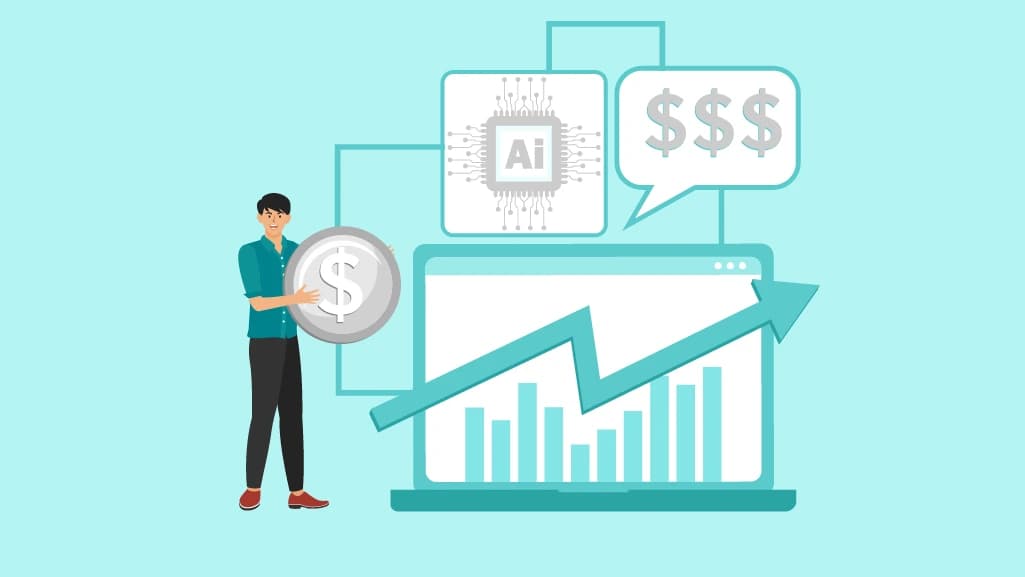How to Create a Sales Incentive Plan: A Step-by-Step Guide

Team AdvantageClub.ai
November 10, 2025

Creating a sales incentive plan today isn’t just about handing out bonuses. It’s about building a smart, fair system that motivates people and supports business goals. In modern workplaces, where technology meets human behavior, understanding how to design a strong sales incentive plan can directly impact your revenue.
What is a Sales Incentive Plan and Why It Matters
- Motivate consistent effort
- Encourage high performance
- Align sales behavior with company objectives
- Boost sales performance and revenue: Incentives encourage healthy competition, motivating teams to hit and exceed their targets.
- Encourage desired behaviors: Rewards reinforce actions like collaboration, customer focus, and long-term relationship building.
- Improve employee engagement and retention: When salespeople feel valued and recognized, they are more likely to stay motivated.
- Align workforce efforts with company goals: Incentives ensure every salesperson's effort supports the company's larger objectives.
Step-by-Step Guide to Creating a Sales Incentive Plan
Step 1 :Define Your Business Objectives
Step 2: Align Incentives with Sales Goals
Your incentives must directly support your sales strategy.
For example, if you’re expanding into new regions, rewards should encourage lead generation in those areas.
This creates a strong link between business priorities and sales behavior.
Step 3: Understand Employee Motivations
Not all salespeople are driven by money. Some prefer recognition, learning, or lifestyle perks.
Use engagement surveys or behavior insights to understand what motivates different team members. This makes your plan more fair, personalized, and effective.
Step 4: Choose the Right Incentive Structure
Select a reward model that fits how your business operates. Standard formats include commission-based, goal-based, or tiered incentives.
In modern workplaces, hybrid models that combine cash rewards with digital recognition (like points on platforms such as AdvantageClub.ai) can boost inclusivity and engagement.
Step 5: Set Clear, Achievable Targets
Step 6: Decide on Payout Frequency & Mechanics
Choose how often rewards will be paid, monthly, quarterly, or annually.
Frequent payouts keep motivation steady, while larger periodic rewards can feel more impactful.
Modern digital systems help automate these payments, ensuring they are accurate and on time, which builds trust and satisfaction.
Step 7: Select Key Performance Metrics
Your metrics should cover both quantity and quality. Beyond sales numbers, include indicators like customer satisfaction, deal margins, or renewal rates.
AI-driven incentive dashboards can track these KPIs in real time, giving teams complete visibility of performance and rewards.
Step 8: Keep the Plan Simple & Transparent
Overly complex plans create confusion and reduce trust. Make sure every salesperson clearly understands how rewards are earned and calculated.
With AI platforms providing real-time dashboards, transparency becomes continuous, not limited to occasional updates.
Step 9: Test with "What-if" Scenarios
Before launching the plan, test possible outcomes. Ask questions like:
What if sales drop? What if only top performers earn most of the rewards?
These tests help ensure the plan remains fair and financially sustainable.
Using AI forecasting or predictive models can reveal risks early so that you can make adjustments before rollout.
Step 10: Review, Monitor & Adapt Regularly
A sales incentive plan is not permanent; it should evolve.
Use performance data and employee feedback to review and improve the plan every few months.
AI engagement tools can help monitor motivation, satisfaction, and reward impact in real time, making it easier to keep the plan relevant, fair, and effective.
Best Practices for Designing Sales Incentive Plans
- Ensure financial sustainability: Always balance motivation with company profits. A strong incentive plan should energize employees without putting pressure on revenue.
- Keep it fair and motivating: Fairness builds trust. Create targets that feel realistic and achievable for everyone, so all teams feel encouraged.
- Maintain clarity and transparency: Clearly explain how incentives work and how results are measured. Open communication builds credibility and confidence.
- Customize incentives by role: Different roles are driven by different rewards. What motivates a sales executive may differ from a sales engineer; tailor incentives accordingly.
- Leverage data and analytics: Use AI and performance data to spot top talent, predict outcomes, and fine-tune incentives to stay relevant and practical.
Common Challenges and How to Overcome Them
- Complex structures: Plans can get confusing. Use AI tools or dashboards to make them simple and easy to follow.
- Misalignment with business goals: Goals can change. Please review and adjust incentive plans regularly to keep them relevant.
- Seasonal fluctuations: Sales can rise and fall. Use flexible targets that adapt during busy or slow periods.
- Lack of trust or poor communication: People need clarity. Share real-time results and feedback to build trust and transparency.
The AI Advantage in Sales Incentive Design
Modern organizations are using AI not only to track sales but also to understand motivation, predict behavior, and improve engagement. Here’s how AI is transforming the way incentive plans are created and managed:
- Predictive performance insights: AI can forecast who is likely to achieve goals and help leaders plan rewards in advance.
- Personalized motivation: By analyzing behavior, AI suggests tailored rewards, such as learning programs for some and wellness perks for others.
- Real-time updates: Interactive dashboards show instant progress, letting sales teams see how close they are to their next milestone.
- Bias reduction: AI-based recognition on clear data reduces human bias and promotes fairness across teams.
- Continuous optimization: Machine learning adjusts incentives over time, keeping plans aligned with market changes and individual performance trends.
Bringing It All Together
Platforms like AdvantageClub.ai make this transformation seamless by offering AI-powered recognition, real-time rewards, and personalized motivation paths, enabling companies to build incentive systems that truly inspire.





